Categories
Archives
Today we announce the launch of two new browser extensions for viewing IPTC Photo Metadata on web pages.
The GetPMD tool is one of IPTC’s most popular online resources. With the GetPMD tool, users can view the embedded IPTC metadata of any image on the web, whether it was embedded using either the IPTC IIM or the ISO XMP format. But up to now, users must copy and paste an image’s URL into the tool, or install a browser “bookmarklet”.
To make that a little bit easier, we have created the IPTC Photo Metadata Inspector, a simple browser extension that currently works with the Google Chrome and Mozilla Firefox browsers.
With the extension installed, a context menu will appear when you right-click on an image anywhere on the Web, with a menu option, “View IPTC Photo Metadata.” If you select that option, you will be taken to getpmd.iptc.org where you can see the embedded metadata for that image.
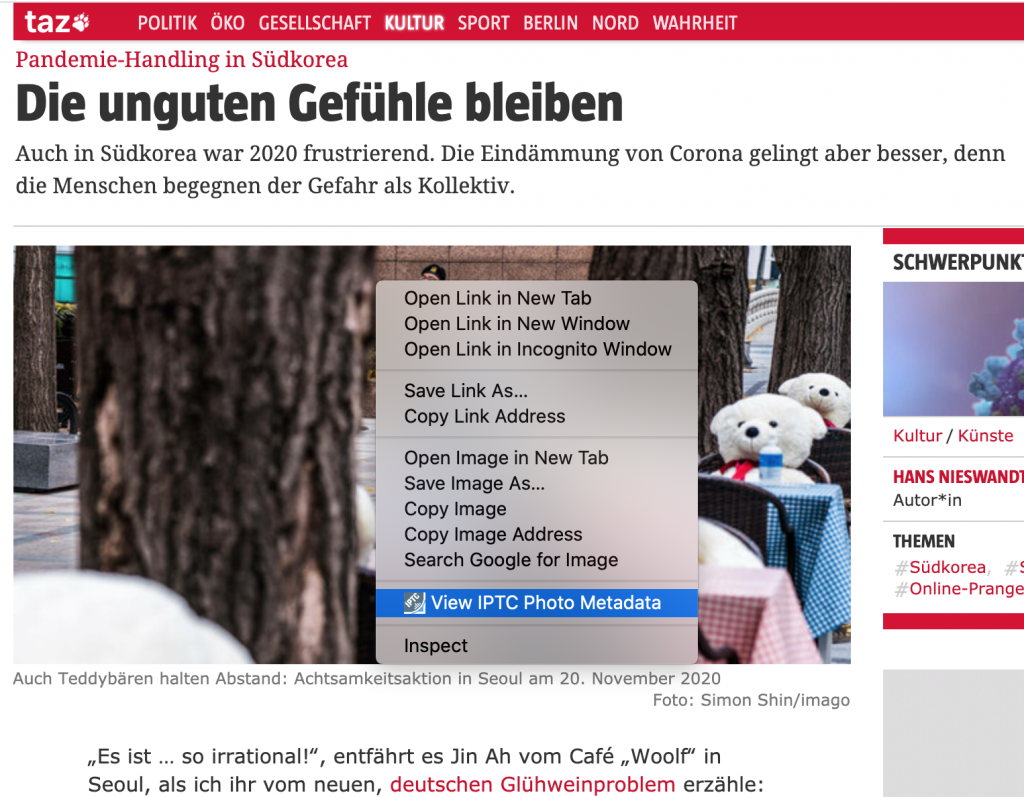
Please note that the Photo Metadata Inspector only works with simple images: it won’t work with embedded video thumbnails or tweets, for example.
The browser extensions are open source, the code is available from the IPTC’s GitHub repository.
Ideas for fixes and new features are welcome.
If you have feedback, please raise an issue on our GitHub repository, post suggestions to the iptc-photometadata@groups.io public discussion list, or contact us via the form on this site.
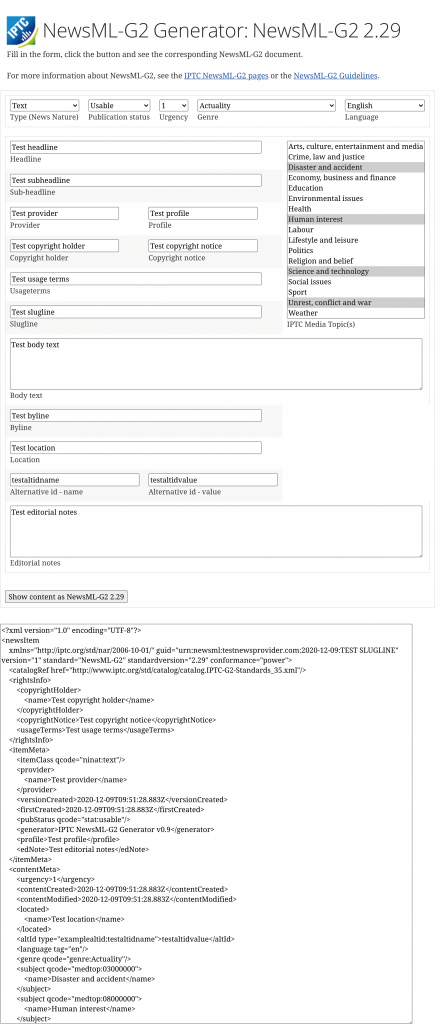
We are pleased to announce the release of the NewsML-G2 Generator, a simple tool to help understand the structure and layout of NewsML-G2 files.
To see how easy it can be to create a valid NewsML-G2 file, simply visit https://iptc.org/std/NewsML-G2/generator/, fill in the form and press the button labelled “Show content as NewsML-G2 2.29”.
Then the box below the form will be filled in with a valid NewsML-G2 document.
The tool demonstrates several key features of NewsML-G2:
- Adding copyright and rights information through the
<copyrightHolder/>,<copyrightNotice/>and<usageTerms/>elements - Adding news-item metadata via the
<itemMeta>container, such as<firstCreated/>,<versionCreated/>, item type (text, audio, video, graphic or composite, selected via a drop-down), publication status (usage, cancelled or withheld, selected via a drop-down) - Adding subject metadata using IPTC Media Topics, via a selection with all of the top-level categories enabled. Subjects are added using the
<subject/>construct within the<contentMeta>container. - Referring to the IPTC catalog that declares standard metadata vocabularies, using the
<catalogRef/>tag - Adding the body content using embedded NITF. In the future, we will add a radio button so users can select whether to embed the news content using NITF or XHTML, which is the other common format used by IPTC members to mark up news content.
Your test content is never saved and only exists within your browser.
The source code of the generator is available in the NewsML-G2 GitHub repository.
This is a simple 1.0 version, and only scratches the surface of the capabilities of NewsML-G2. It is based on the successful ninjs generator used to demonstrate our ninjs standard, which was launched along with ninjs 1.3 earlier this year.
In the future, we are thinking of adding features such as:
- Switch between NITF and XHTML for the content body
- Demonstrate referring to images and video files using
<remoteContent/> - Switch between using qcodes and URIs for metadata
- Demonstrate multiple language support in NewsML-G2
- Demonstrate usage of partMeta to show adding metadata to segments in files, such as audio and video
- Integrate the tool with the ninjs generator so users can switch between ninjs and NewsML-G2 with one click!
If you have any more ideas, please raise an issue on the GitHub repository, or contact us via the IPTC Contact Us form.
To learn more about NewsML-G2, the global standard used for distributing news content, see our introduction to NewsML-G2, or the NewsML-G2 Guidelines.
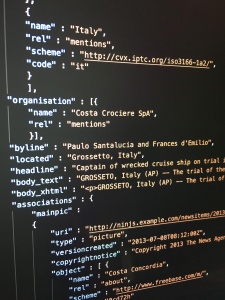 Based on discussions at the recent IPTC Autumn Meeting, the IPTC News in JSON Working Group is updating its view of the use of ninjs and other forms of JSON for handling news content.
Based on discussions at the recent IPTC Autumn Meeting, the IPTC News in JSON Working Group is updating its view of the use of ninjs and other forms of JSON for handling news content.
If your organisation uses JSON in any way for handling news content, we would like to hear from you.
We are looking for input from IPTC members and non-members, from agencies, publishers, broadcasters and software vendors.
Please help us by filling in the short survey via this Google Form.
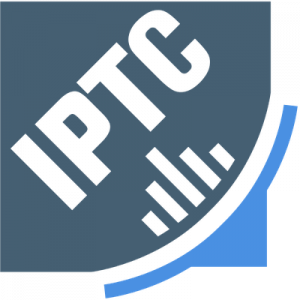 The IPTC is excited to announce a new membership category aimed exclusively at tech startups working in the news and media industry.
The IPTC is excited to announce a new membership category aimed exclusively at tech startups working in the news and media industry.
The International Press Telecommunications Council is the community of leading members of the news, media and technology industries who share ideas and create technical standards that drive the industry forward.
The IPTC works across a broad range of technical areas in the news and media industry: from multi-media news syndication, to subject taxonomies used to classify news content, embedded image standards, machine-readable rights and semantic web standards.
Until now, IPTC members have mostly been large media companies (such as Bloomberg, Associated Press, Agence France Presse, Deutsche Press Agentur, Reuters News & Media, New York Times, and the BBC), large companies in the photo industry (Getty Images, Shutterstock, Visual China Group) and key technology vendors that serve the media industry (Adobe, Sourcefabric and Fotoware).
But today, more than ever, key innovations in the media industry come from large established companies and small startups working together.
Therefore, the IPTC has created a new membership category: Startup Membership.
With the new membership category, IPTC will become the forum where large and small companies can connect to share ideas, to start projects and to collaborate on creating standards for information exchange.
The IPTC regularly collaborates with all parts of the media industry plus standards organisations such as ISO and W3C and organisations in related industries such as CEPIC and camera manufacturers organisation CIPA. We also work with huge platforms such as Google, Facebook and Twitter. This new membership category will bring startup members into those conversations.
For more details, please get in touch with IPTC Managing Director Brendan Quinn at mdirector@iptc.org. Fees will vary depending on criteria such as the age and funding status of your startup.
We are excited to see the creative projects and new innovations that will emerge from the combination of startups with larger organisations in the IPTC community.
— Robert Schmidt-Nia, Chair of the Board, IPTC
The IPTC is very happy to announce that as a result of our collaboration with Google and CEPIC, Google Images’s new licensable badge and other related features are now live.
This means that when photo owners include a photograph’s Web Statement of Rights (also known as Copyright Info URL) in an image’s embedded metadata, Google will display a “Licensable” badge on the image in Google Images search results and the image will appear when the “View all images with Commercial or other licenses” filter is selected. If the Licensor URL is also added, Google will feature a “get this image on” link that takes users directly to a page on the photo owner’s site enabling the user to easily obtain a license to re-use the image elsewhere.

The launch on Google Images comprises three different components:
- “Licensable” badge on image search results for images that have the required metadata fields
- Two new links in the Image Viewer (the panel that appears when a user selects an image result) for people to access the image supplier’s licensing information, namely:
- A “License details” link. This directs users to a page defined by the image supplier explaining how they can license and use the image responsibly
- A “Get this image on” link, which directs users to a page from the image supplier where users can directly take the necessary steps to license the image
- A “License details” link. This directs users to a page defined by the image supplier explaining how they can license and use the image responsibly
- A Usage Rights drop-down filter in Google Image search results pages to support filtering results for Creative Commons, commercial, and other licenses.
“As a result of a multi-year collaboration between IPTC and Google, when an image containing embedded IPTC Photo Metadata is re-used on a popular website, Google Images will now direct interested users back to the supplier of the image,” said Michael Steidl, Lead of the IPTC Photo Metadata Working Group. “This is a huge benefit for image suppliers and an incentive to add IPTC metadata to image files.”
The features have been in beta since February, and after extensive testing, refinement and discussion with IPTC, CEPIC and others, Google is rolling out the new features this week.
As we describe in the Quick guide to IPTC Photo Metadata and Google Images, image owners can choose from two methods to enable the Licensable badge and “Get this image” link: embedding IPTC metadata in image files, or including structured schema.org metadata in the HTML of the web page hosting the image.
Of the two approaches, using embedded IPTC metadata has two benefits. Firstly, the embedded metadata stays with the image even when it is re-used, so that the Licensable badge will appear even when the image is re-published on another website.
Secondly, the “Creator”, “Copyright” and “Credit” messages are only displayed in search results when they are declared using embedded IPTC metadata.
“The IPTC anticipates that this will lead to increased awareness of image ownership, copyright and licensing issues amongst content creators and users,” said Brendan Quinn, Managing Director of IPTC. “By providing direct leads to image owners’ websites, we hope that this leads to increased business for image suppliers both large and small.”
The Google announcements can be found here:

The IPTC Video Metadata Working Group is proud to release the latest version of its mapping standard, Video Metadata Hub. Version 1.3 was approved by the IPTC Standards Committee on 13 May 2020.
“We are pleased to release the new version of IPTC Video Metadata Hub,” said Pam Fisher, Lead of the Video Metadata Working Group. “The changes bring improved clarity, add compatibility with and mapping to EIDR (Entertainment ID Registry), and update the mapping to EBUcore for 2020. These changes are part of our commitment to friction-free adoption across all sectors of the media landscape, supporting video interchange.”
Video Metadata Hub includes two components: a core set of recommended metadata properties to be used across all video content, and mappings that show how to implement those core properties in a series of other video standards, including Apple Quicktime, MPEG-7, Sony XDCAM MXF and SMPTE P2 from Panasonic, Canon VideoClip XML, XMP, IPTC Photo Metadata and NewsML-G2, PBCore, schema.org, In VideoMetadataHub 1.3 we now add a mapping to EIDR Data Fields 2.0.
All feedback on Video Metadata Hub should be directed to the public discussion group at https://groups.io/g/iptc-videometadata.
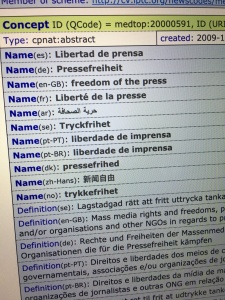 The IPTC NewsCodes Working Group has been very busy in the last six months. At the IPTC Spring 2020 Meeting, we announced three new language translations of our core Media Topics vocabulary, many term updates, and a new NewsCodes Guidelines document.
The IPTC NewsCodes Working Group has been very busy in the last six months. At the IPTC Spring 2020 Meeting, we announced three new language translations of our core Media Topics vocabulary, many term updates, and a new NewsCodes Guidelines document.
Thanks to Ritzau, we added Danish translations of Media Topics in March. Since then we have also added Chinese (Simplified) translations of Media Topics, with great thanks to the team at Xinhua News Agency. We also received a contribution of IPTC Media Topics in Norwegian from NTB.
You can see HTML browsable versions of the new languages here:
As usual, IPTC Media Topics (and all other NewsCodes vocabularies) are available in SKOS format (RDF/XML and Turtle) as well as HTML and as NewsML-G2 Knowledge Items.
The Working Group has also made some updates to the vocabularies based on suggestions from Ritzau, Xinhua and NTB and also some fixes (such as removing duplicate wikidata mappings) suggested by ABC Australia. As with all of our MediaTopics updates, we have not changed the meaning of any existing terms, but we add new terms, clarify the meaning of terms and move terms to put them in more appropriate places in the hierarchy.
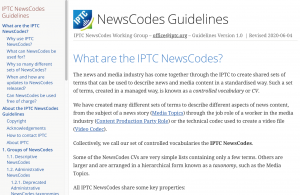 We have also developed the NewsCodes Guidelines document, which explains what are the IPTC NewsCodes, how we decide whether to add new terms, how the NewsCodes are maintained and how you can contribute suggestions. We welcome comments and suggestions on the guidelines document, please get in touch via the public iptc-newscodes@groups.io discussion group with your thoughts.
We have also developed the NewsCodes Guidelines document, which explains what are the IPTC NewsCodes, how we decide whether to add new terms, how the NewsCodes are maintained and how you can contribute suggestions. We welcome comments and suggestions on the guidelines document, please get in touch via the public iptc-newscodes@groups.io discussion group with your thoughts.
And finally, we have made some updates to the Genre NewsCodes vocabulary, to include some suggestions from members plus some suggestions based on our work with the Trust Project and the Journalism Trust Initiative. We have added genres for Fact Check, Satire, Sponsored content and more. Please see the genres vocabulary at http://cv.iptc.org/newscodes/genre/.
Previously, we shared that Google was making image credits and usage rights information more visible on Google Images. Google now displays information about image copyright and ownership details, alongside creator and credit info, when websites and photo-owners make that information available for Google to crawl. Since the announcement there has been steady growth in the amount images containing these embedded metadata fields, which in turn has helped drive greater user awareness of copyright for images on the internet.
Up to now, users have seen the IPTC metadata information when they click on the “Image Credits” link in the “Google Images viewer” – the panel that appears when a user selects an image. Starting from today, users will begin to see this information directly in the viewer, making this rights-related information even more visible.
You can see an example of what this looks like below:
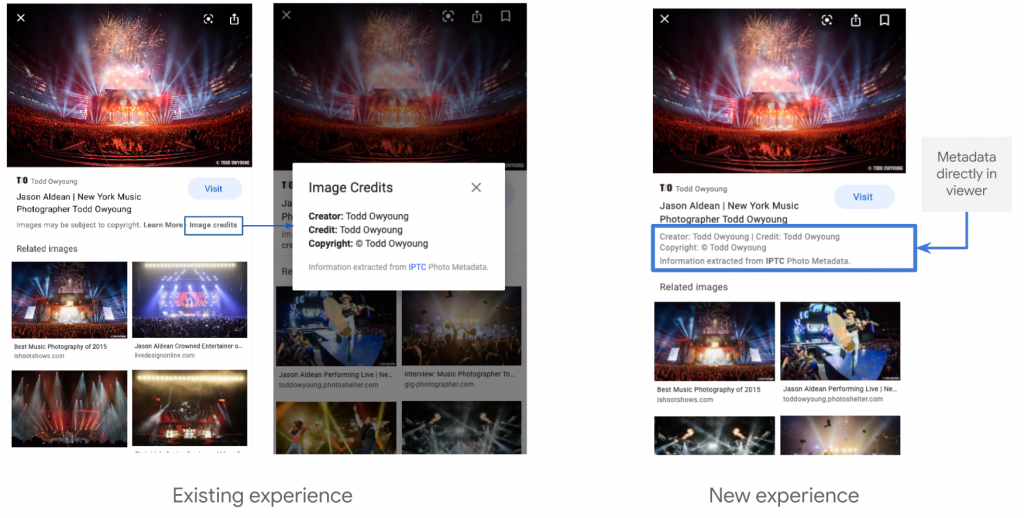
The Google Images team has said in a statement: “We are committed to helping people understand the nature of the content they’re looking at on Google Images. This effort to make IPTC-related information more visible is one more step in that direction.”
For more information on how you can embed rights and credits metadata in your photos, please see our Quick Guide to IPTC Photo Metadata and Google Images.
If you create photo editing or manipulation software and are looking for more information, please consult the Quick Guide or contact us for more information and advice.
We are very happy to continue working with Google and our partner organisation CEPIC on this and other developments in this area. We look forward to making an announcement about the launch of the related “Licensable Images” feature over the summer.
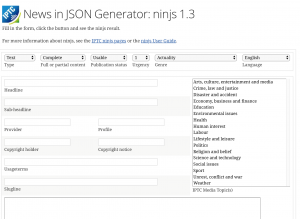
At last week’s Spring Meeting IPTC updated the News in JSON standard (ninjs) to version 1.3. The JSON schema of the new version can be accessed at https://www.iptc.org/std/ninjs/.
The updated schema now has support for trust indicators, genre, other types of headlines and a way for providers to enter their own alternative IDs.
Version 1.3 is backwards-compatible with previous versions of ninjs and makes no breaking changes.
It includes the following new properties and structures:
- genre follows the structure of other objects in ninjs with the possibility to add a code, a name and a reference to a scheme of the code to indicate the genre of the news item.
- trustindicator is also an object with properties to indicate and point at documents describing the providers status according to defined trust indicators. Read more about trust indicators here.
- There has been a demand for other types of headlines, such as “subhead” or “mobile headline”. The original headline property is still in the schema. But in version 1.3 it is now accompanied by a headline_ construct which works in the same manner as body_ and description_. Providers can now add other types of headlines and name them to indicate format and/or type.
- altid is a property that is open to the provider’s own definition of both names and types of sub-properties. That way providers can include alternative IDs as they originally appeared.
- The 1.3 schema also includes a $standard object which contains properties for name, version and reference to the schema that the item follows. This is not (yet) supported in software tools but the idea is that tools could look up the schema for which a document is written, similarly to the way that XML allows users to state the XML Schema that should validate a document.
The user guide, sample generator and GraphQL sample have all been updated according to the 1.3 additions.
ninjs 1.3 will soon be included in the SchemaStore.org JSON Schema repository, to aid with editing and validation of ninjs 1.3 files in a range of popular code editors such as Visual Studio Code and Visual Studio 2013+, IntelliJ IDEA, PyCharm and PHPStorm.
For more information, please see:
- The ninjs GitHub repository
- ninjs example documents
- The ninjs User Guide
- The ninjs 1.3 JSON Schema specification
If you have any questions or comments, please contact the News in JSON Working Group via the public ninjs discussion group, or contact IPTC via the Contact Us form.
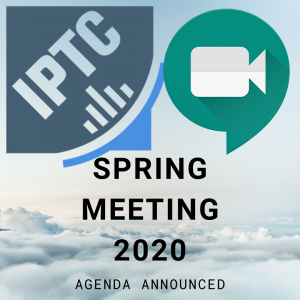 The agenda for the IPTC Spring Meeting (May 11 – 13 2020) has been announced, featuring a focus on news automation.
The agenda for the IPTC Spring Meeting (May 11 – 13 2020) has been announced, featuring a focus on news automation.
Brendan Quinn, Managing Director of IPTC, says “we are very excited to host the first virtual meeting of IPTC. All members are encouraged to attend via Zoom video conferencing, and we hope that many members who find it difficult to travel to the face-to-face meetings will take the opportunity to attend the online meeting.”
Presentations and topics for discussion will include:
- Ed Boyling of Thomson Reuters will present their Lynx Insight system which blends human and machine insights for news creation. Tao Chen of 500px / Visual China Group, Lead of IPTC’s AI Expert Group will present on 500px’s work on AI stock photos. Claudia Quinonez of Bloomberg will give a presentation on “Deep Data-driven Stories”
- Presentations and discussion on metadata entities with Fredrik Lundberg of iMatrics and Joacim Ståhl from TT
- Updates from IPTC Working Group leads on the latest proposed updates to ninjs, NewsML-G2 and Video Metadata Hub, and voting on the proposals by the IPTC Standards Committee
- The latest work of the Photo Metadata Working Group, including recent work with Google on surfacing embedded copyright and licensing metadata in Google Image Search results
- A presentation from W3C Web Publications working group on the Web Publications standard
- Updates on IPTC’s recent work on the Google News Initiative project C-POP and on our work on expressing trust and credibility indicators in news content
The meeting will be held on the originally planned days — Monday 11th through to Wednesday 13th May 2020 — but will take place over five hours each day so attendees still have some time to do other work if necessary.
Attendance is free for all IPTC members. Members should sign up at the members-only registration page to be sent an invitation link.
There is still time to join IPTC to attend the meeting. If you are interested in joining IPTC, please see the join IPTC page.
The IPTC Board was looking forward to having a meeting in Tallinn, Estonia, and hopes that we will be able to have an in-person meeting in Tallinn in coming years.